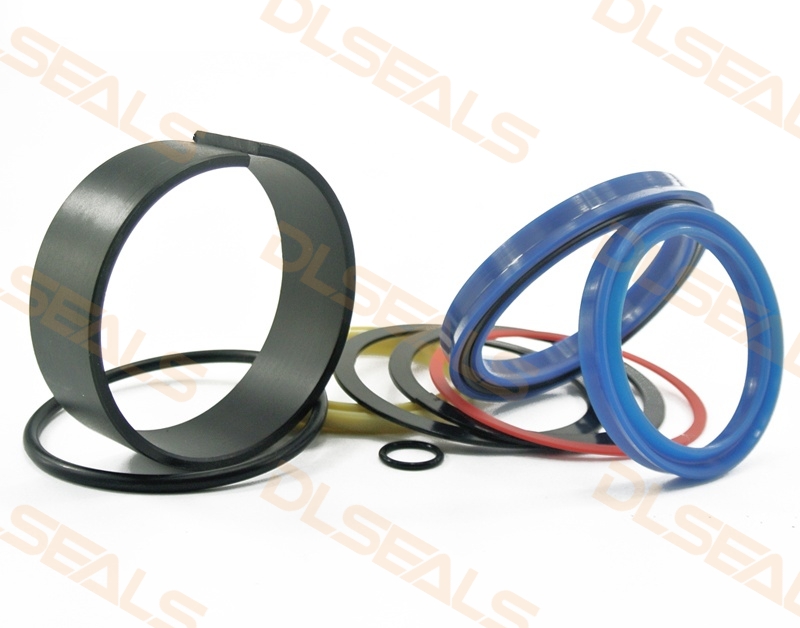News
A2025-07-09

In industrial piping systems, valves act as "traffic controllers" for fluids, with sealing performance directly determining system safety and efficiency. From corrosive chemicals to high-pressure steam and cryogenic liquefied gases, multi-layered sealing architectures construct the last line of defense against leakage.
Modern valves adopt a tiered sealing design system:
| Sealing Tier | Function | Typical Components |
|---|---|---|
| Primary Seal (Process Seal) | Directly isolates media, blocks leakage at critical flow paths | - Seat ring (Metal/Soft alloy) - Disc/Ball sealing surface (Precision-machined) |
| Secondary Seal (Dynamic/Static) | Seals auxiliary leakage paths (stem, bonnet) | - Stem packing (Graphite/PTFE) - Spiral-wound gasket - Bellows seal (Zero-emission design) |
Case Study: In 10,000psi high-pressure gate valves, Stellite hard-alloy seats withstand 450°C, while flexible graphite packing rings enable dynamic stem sealing.
Core Material Performance Comparison
| Material Type | Pressure-Temp Limit | Media Compatibility | Typical Applications |
|---|---|---|---|
| Reinforced Graphite Composite | -260°C~650°C/≤420bar | Acids/Alkalis/Organic solvents | Chemical valve stems, HP steam valves |
| PTFE Laminate | -200°C~260°C/≤100bar | Aggressive corrosives | Diaphragm valves, pickling systems |
| Metal Alloys | |||
| ・ Stellite 21 | ≤1000°C/No upper pressure limit | Erosion/wear resistance | Power plant turbine bypass valves |
| ・ Inconel 625 | -200°C~700°C | Chloride/Oxidizer resistance | Subsea valves |
| Specialty Elastomers | |||
| ・ Perfluoroelastomer (FFKM) | -25°C~327°C | Full-spectrum chemical resistance | H₂SO₄ transfer valves in fabs |
A. Oil & Gas Exploration:
B. Nuclear Power Critical Valves:
Stringent regulations drive innovation:
■ Germany TA-Luft: CH₄ leakage < 500ppm @ stem seal
■ ISO 15848-1 Class AH: Leakage < 50ppm (-196°C~540°C test)
■ SHELL SPE 77/300: Zero VOC fugitive emissions Key Sealing Technologies:
Typical Failure Cases and Countermeasures:
| Failure Mode | Root Cause | Prevention Strategy |
|---|---|---|
| Seat erosion failure | Solid-particle impingement | Use SiC ceramic seats + 45° flow path optimization |
| Packing pyrolysis | PTFE carbonization above 260°C | Add cooling fins + graphite thermal barriers |
| Metal surface galling | High-P/low-T metal adhesion | Apply DLC coating to reduce friction coefficient |
| Gasket cold flow | Bolt preload relaxation | Use serrated metal gaskets + hydraulic同步紧固系统 |
Valve sealing systems represent a precision integration of materials science, structural mechanics, and operational adaptability. Key principles:
Engineering Imperative: Valve seals are not isolated components but mechanically coupled living structures within piping systems. Every thermal cycle, pressure surge, or media change tests their resilience. Only systems thinking achieves true zero-leakage performance.
[DLSEALS kindly Reminder] Sealing issues? Turn to DLSEALS! As a sealing component manufacturer, we specialize in customizing sealing components, providing a full range of services from design, research and development, production, testing, and more. If you have more information you'd like to know, feel free to contact us directly. DLSEALS's product experts are dedicated to serving you!